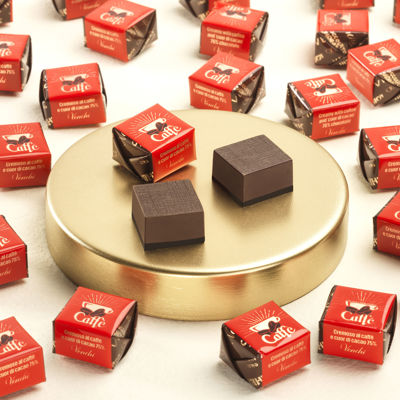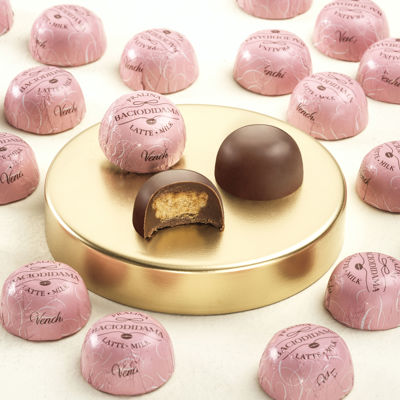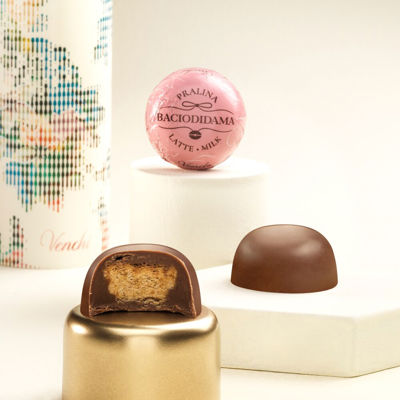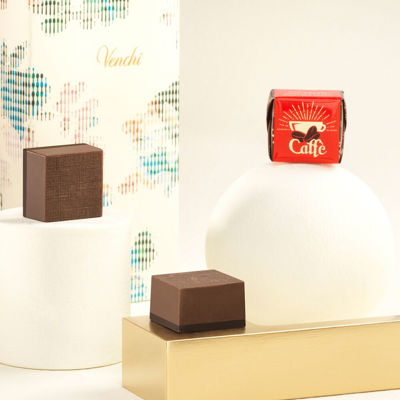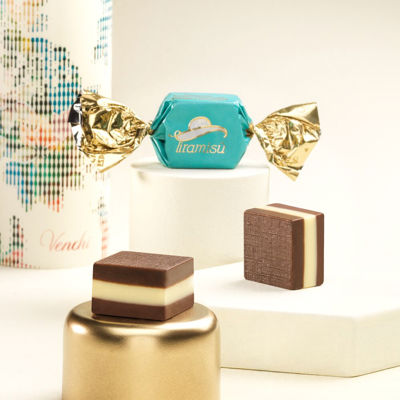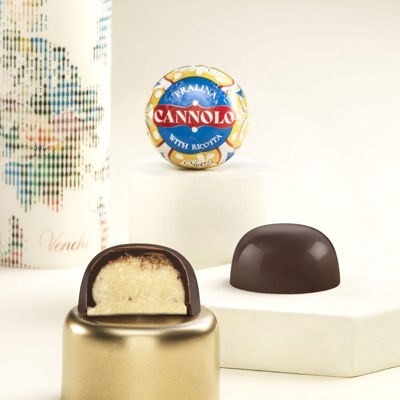
Piedmontese baci di dama recipe and variations
It's hard to imagine a more fitting name for these crumbly pastry shells with chocolate filling in between: we’re talking about the classic Piedmontese “baci di dama” (lady's kisses), which, together with the dessert “bonet”, embody the culinary tradition of this region.
The classic recipe for baci di dama is easy to follow, as are its delicious variants with hazelnut— one of the best foods to pair with chocolate — and pistachio.
Baci di dama: history and origins
Traditional recipes are often accompanied by mysteries and legends, and baci di dama biscuits are no exception. They actually originate from the town of Tortona, but some say they were made at the behest of Victor Emmanuel II, who asked the chefs of the House of Savoy to create a new sweet treat to offer as a gift to a beautiful woman. The result was a very crumbly biscuit with a unique shape that looked like two lips going in for a kiss.
Original recipe for Piedmontese baci di dama
Although in the very beginning hazelnuts were used, the classic recipe for Piedmontese baci di dama requires almonds: whichever version you choose, the recipe is very easy to follow and you’ll be very satisfied, just as long as you don’t skip any steps.
Difficulty: Medium
Preparation time: 30 minutes + 2 hours resting time for the dough
Cooking time: 15 minutes
Ingredients:
150 g 00 flour;
150 g almonds;
150 g caster sugar;
150 g butter;
How to make Piedmontese baci di dama
First, lightly toast the almonds in the oven, then blend them together with the sugar until they form a sort of flour.
Transfer everything to a planetary mixer and add the flour and softened butter, kneading until you have an even mixture. Then, place the mixture in the fridge for a couple of hours: this step will prevent the shells from losing their shape during baking.
Taking a little dough at a time, form the mixture into balls and place them on a baking tray, spaced well apart. Bake these at 180°C for 15 minutes.
Once cooled, melt the chocolate over a bain-marie and apply to half of the shells. Then sandwich the rest of them on top gently so they don’t separate.
Perfect to enjoy on any occasion, baci di dama need no special reason to be served and work particularly well with a good cup of coffee or afternoon tea.
What chocolate to choose for baci di dama
You should be careful when choosing the chocolate to use for your baci di dama: tradition dictates that a bar of dark chocolate is what you need, but there’s nothing stopping you from making them with milk or white chocolate for a personal touch.
Regardless of what kind of chocolate you choose, once you’ve melted it over a bain-marie, we recommend leaving it to cool for a few minutes and then spreading it on the shells with a piping bag to avoid getting it everywhere and achieving flawless baci di dama worthy of any patisserie.
The most delicious versions
In the kitchen, tradition can be interpreted in all kinds of ways, and baci di dama are no exception. Here are some ideas:
1. Hazelnut baci di dama
For the mixture, simply substitute the almonds with the same amount of peeled hazelnuts, while for the filling, we recommend a bar of gianduja, which is perfect even for vegans as it contains no milk.
2. Pistachio baci di dama
Thanks to their bright green colour, pistachio baci di dama are the perfect option for an original dessert to surprise your guests at the end of a meal. To make them, all you need to do is replace the almonds with finely chopped pistachios, which will give the mixture a bright green colour. While delicious with the classic dark chocolate filling, these are even more irresistible with a white chocolate and salted pistachio, almond and hazelnut cream filling.
Baci di dama are a staple classic of our culinary tradition: we chose to pay tribute to this sweet treat with gianduja, another typical Piedmontese product, by making our mouth-watering, double-layered Gianduia BacioDiDama Stick and Milk Gianduia BacioDiDama Bar containing gluten-free Piedmont Hazelnut biscuit.

